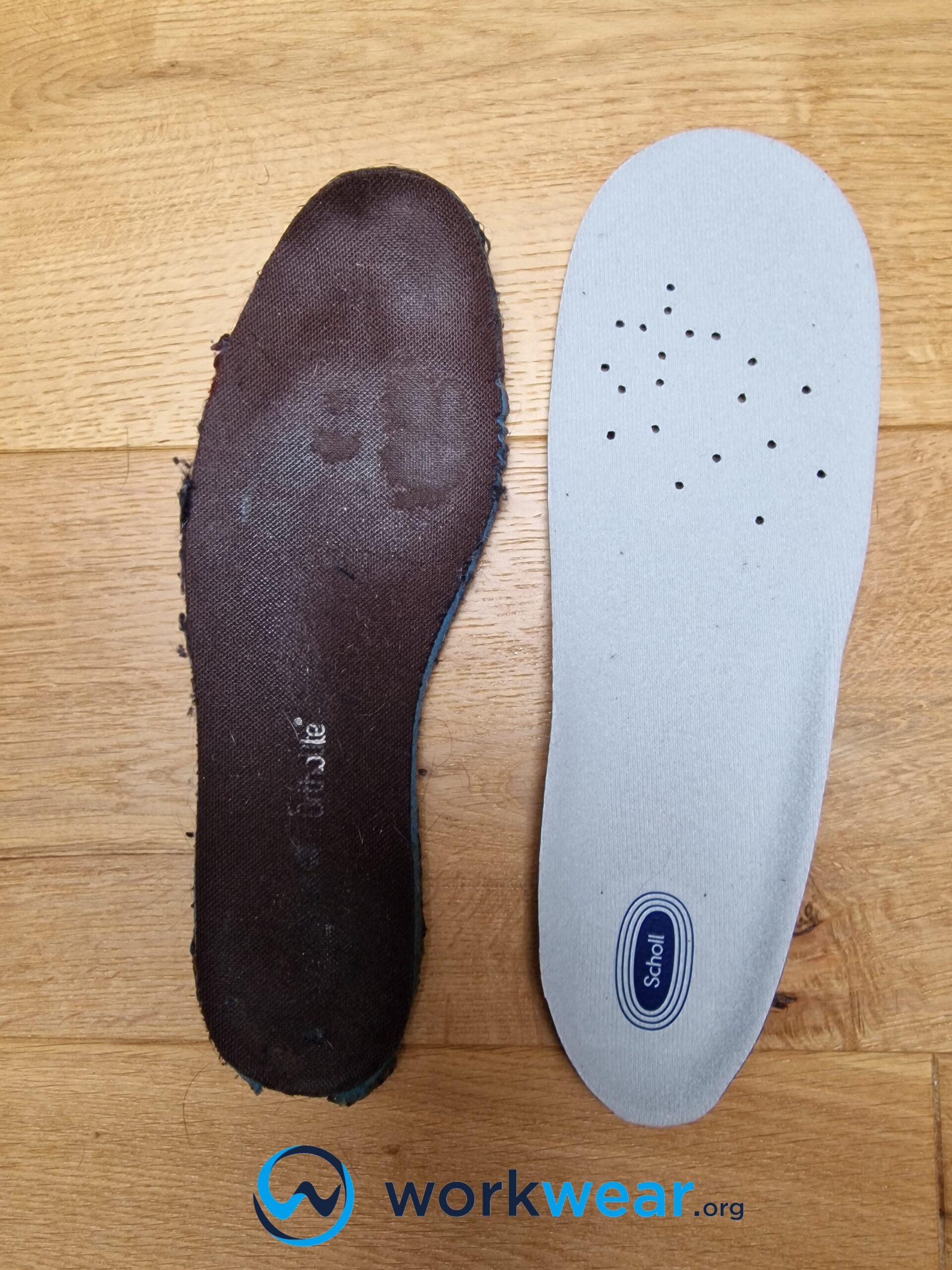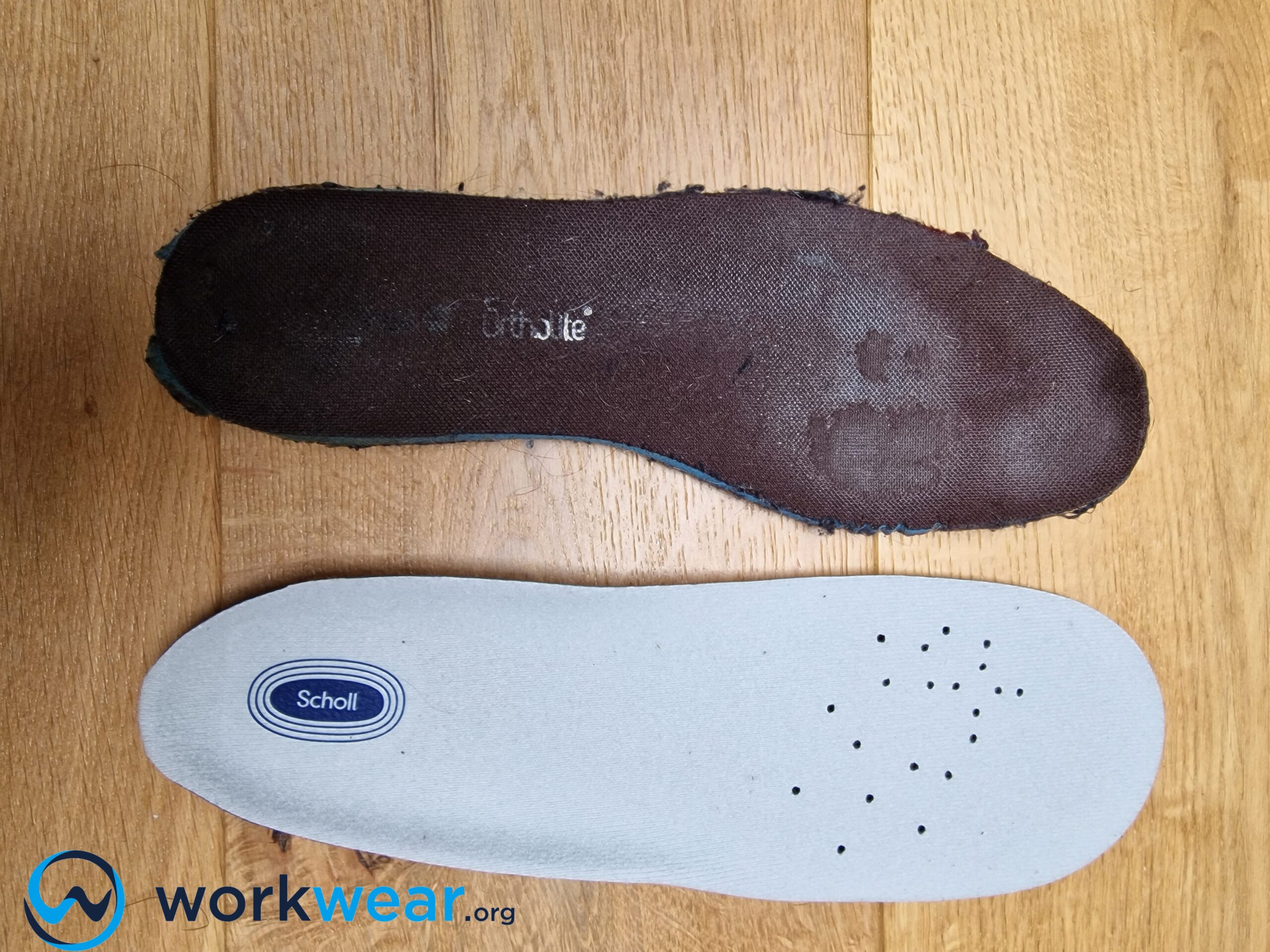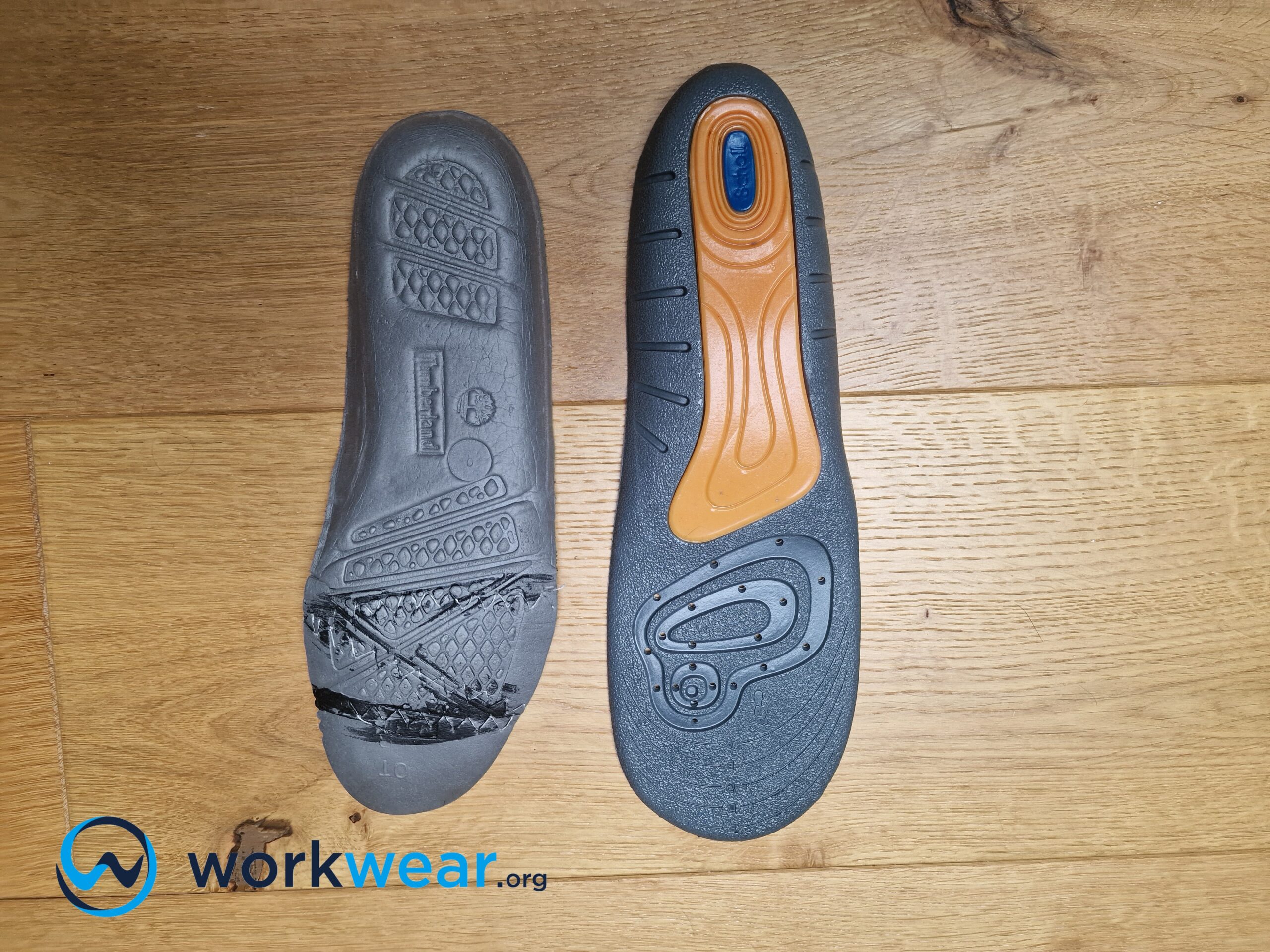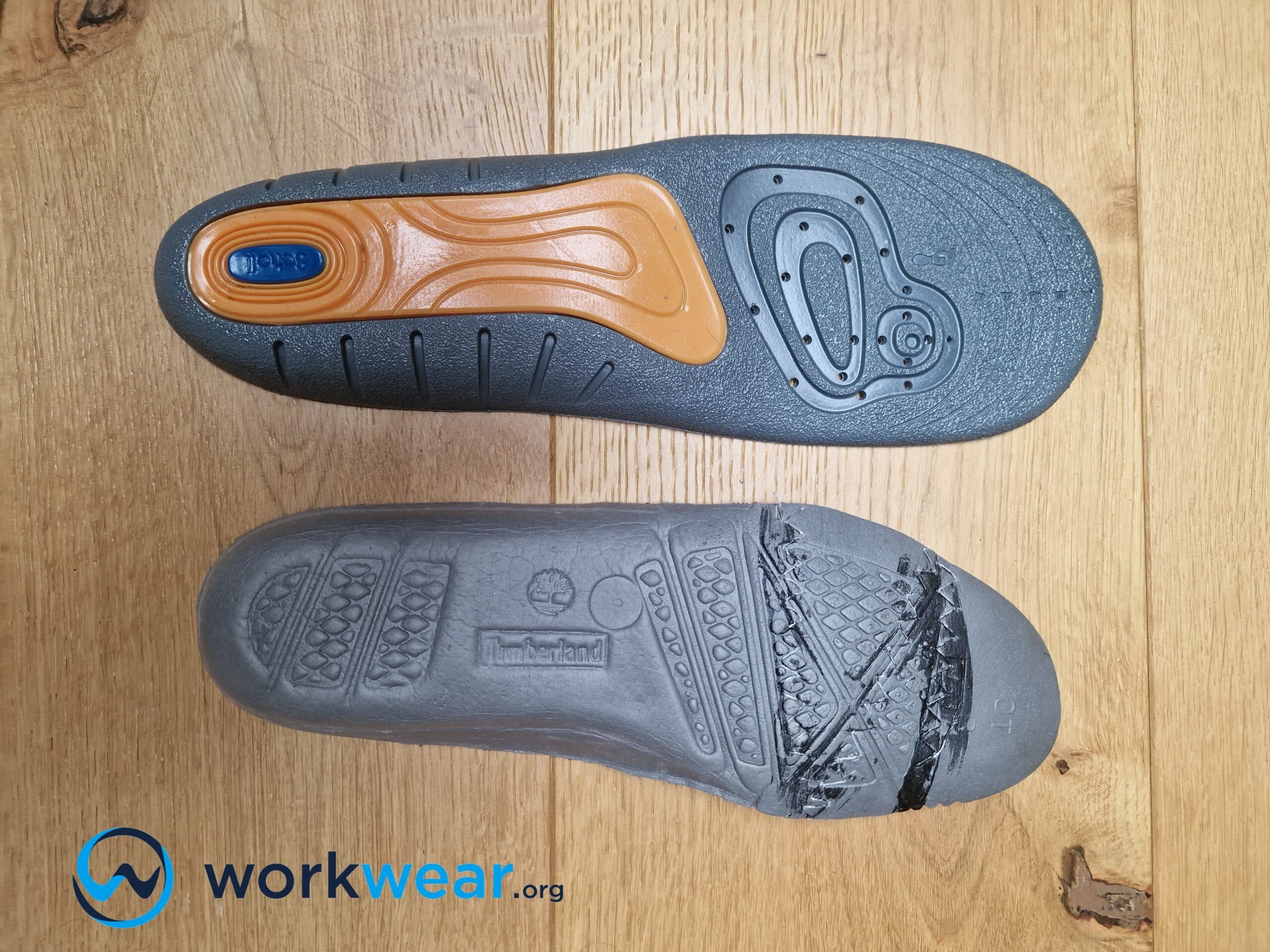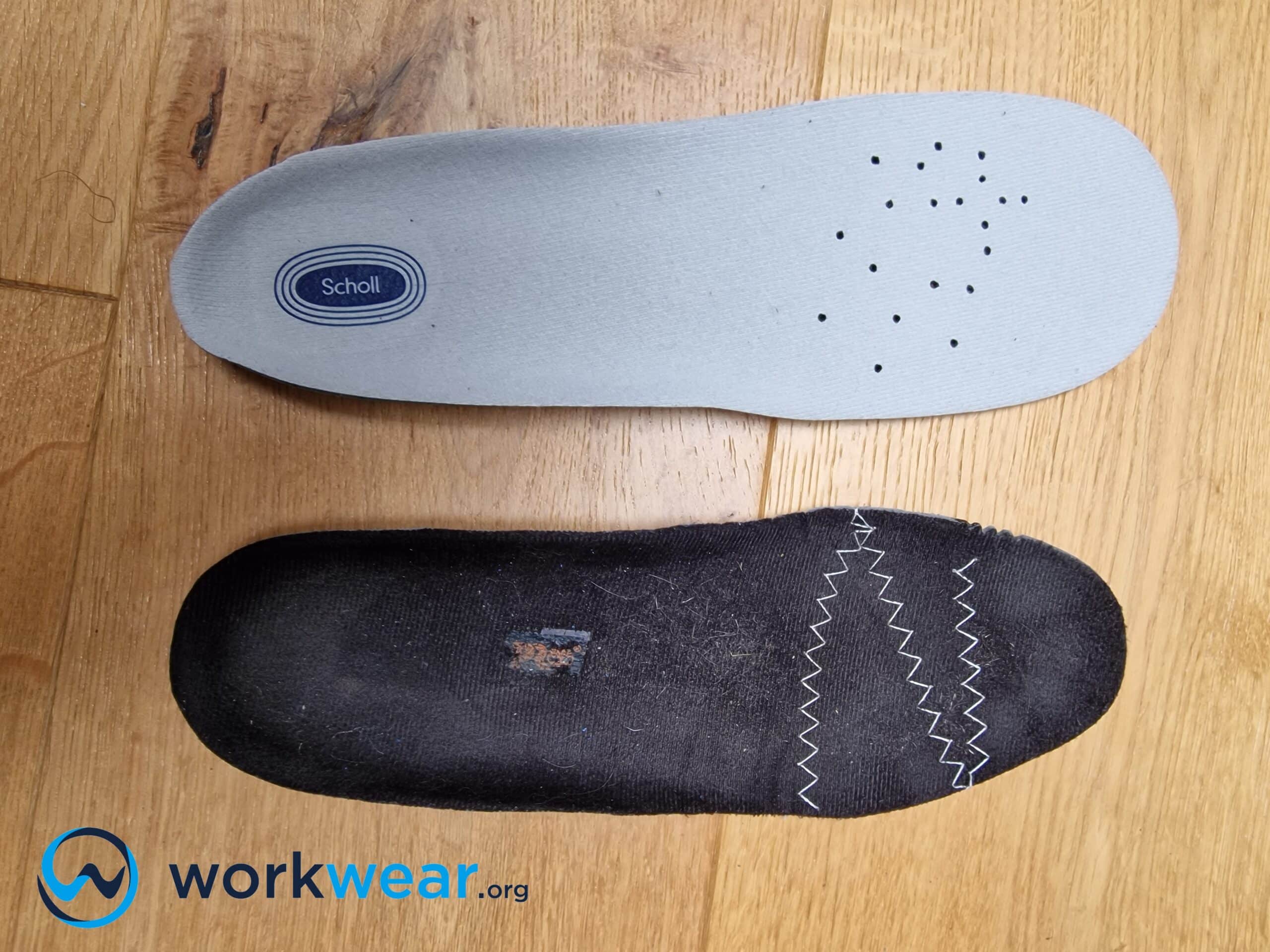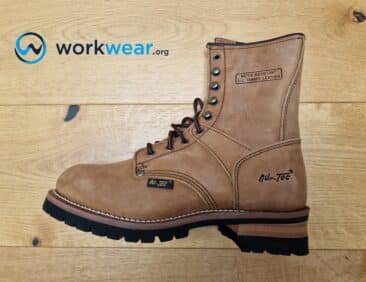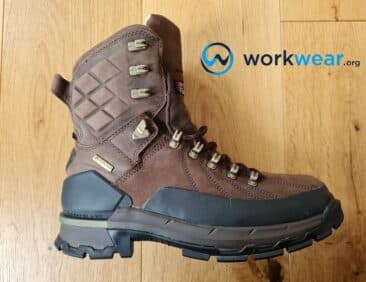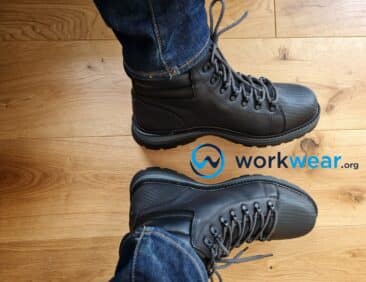When To Get New Insoles
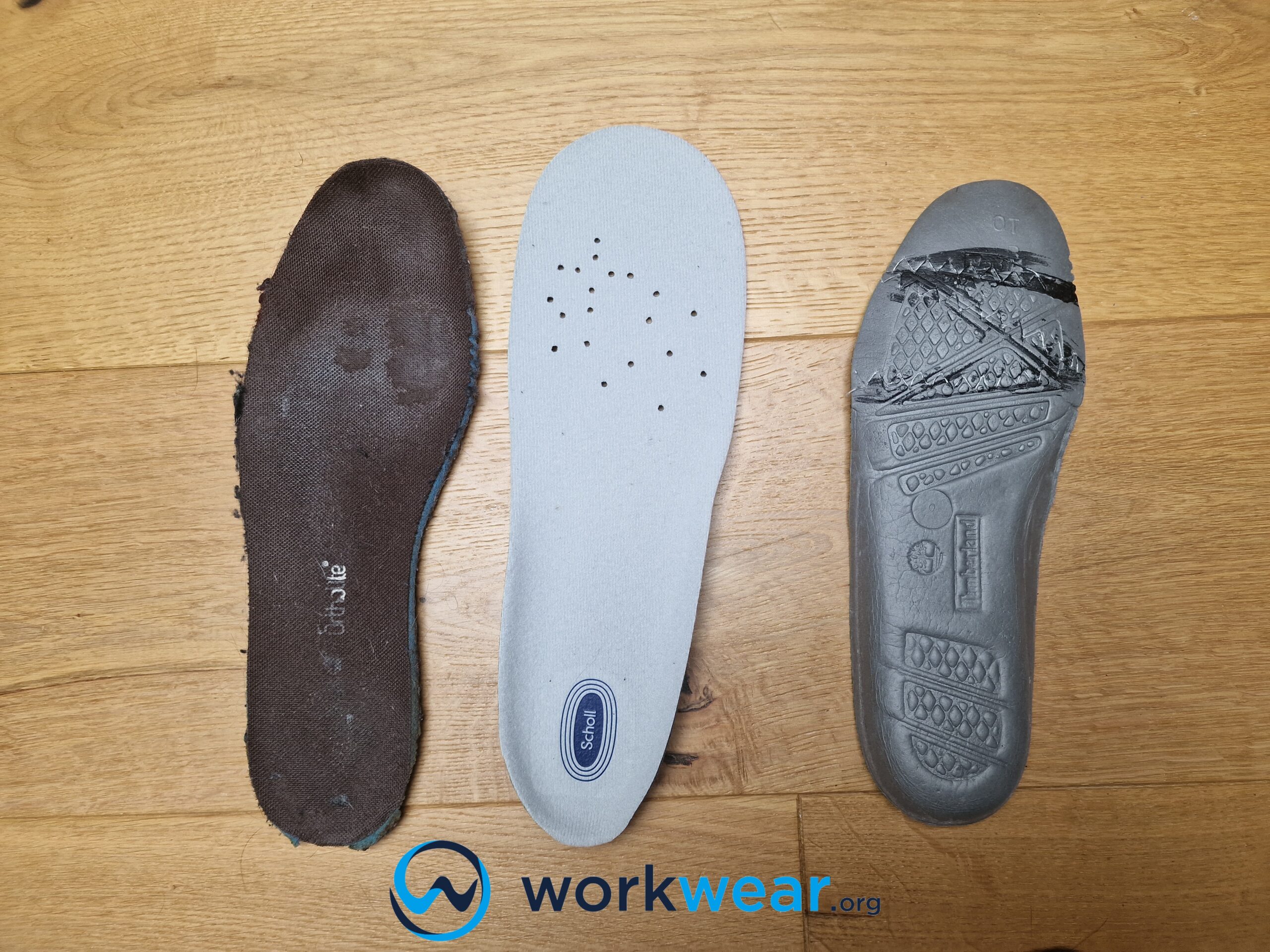
Insoles are an important part of work boots and shoes. But when is it the time to replace them? This article explores this topic in detail, based on our experience and testing.
When to Get New Insoles for Your Boots and Shoes
Insoles are created to help improve the comfort of your boots and shoes. Like any other product, insoles will eventually deteriorate even if made with the highest quality materials and sturdiest construction possible. Damaged insoles don’t perform as well as they should – for example, they won’t be able to provide the much-needed arch support if they’re already tattered or extremely flattened. It’s important to know which signs point to the need to get new insoles, so you can continue to reap the benefits of having these enhancements in your boots and shoes for comfort and support.
Typically, work boots have a lifespan of 6-12 months. Bear in mind this timeframe isn’t set in stone, though, as the insoles’ longevity will also be affected by the nature of the wearer’s job and how frequently the insoles are used.
Work boot insoles used by delivery personnel and kitchen staff – who spend most of their workdays on their feet – may need to be changed in as short as 3 to 6 months as they’ll wear out quickly with the heavy use. Meanwhile, the boot insoles of professionals who work mostly off their feet (IT staff and advertising executives) are expected to last longer since they don’t get exposed to significant wear and tear.
When do you need to get new insoles for boots or shoes?
It’s time to replace your footwear’s insoles if they start showing these signs:
When There are Obvious Signs of Damage
Insoles are built with streamlined profiles to fit into shoes or boots easily. Unfortunately, after being used for a long time, they may show signs of damage – especially with heavy use – even if their materials are top-quality.
warning – The edges can begin to lose their smoothness, or cracks may appear due to being used for strenuous activities for long periods. The insoles’ color can also be negatively affected, with the discoloration showing on the parts that are most exposed to the greatest impact – such as the heel and forefoot areas.
On the other hand, some insoles made with several layers may peel off when worn out by extensive use. When your insoles show these signs of damage, it’s time to replace them with new ones.
When the Insoles Start to Feel Uncomfortable
High-quality insoles substantially increase the comfort level of shoes and boots.
warning- However, their performance and comfort will wane over time when they start to deteriorate.
The insoles’ cushioned structures can weaken with time, so they may not feel as soft or supportive as they once were. Without ample padding, your feet may feel uncomfortable using the boots or shoes, even if it’s just for a short while. Discomfort can also result when you use old, misshapen insoles that don’t deliver support and cushioning where they’re most needed.
When You Want to Enhance the Softness of Boots or Shoes
Boots and shoes come with insoles that cushion and support the feet. Only some insoles are created equal, though, and some may not bring you the softness or reinforcement you need to walk comfortably throughout the day.
“If your boots or shoes have removable insoles and you want to enjoy much softer interiors, you can get new insoles to improve your footwear’s feel significantly. “
Insoles have different features that address varying needs, such as reinforced cushioning for improved softness and strong shock absorption to prevent foot fatigue and energize your steps.
If you’re not satisfied with the footwear’s original insoles, there’s no need to wait for them to deteriorate before replacing them with brand-new insoles that are a lot softer and more comfortable.
When They’re Needed for Different Activities / Purposes
There may be times when you’ll need to use your boots or shoes for other purposes. For example – changes in your job description may require you to use your work boots for walking around the operations area for most of the day instead of being seated mostly on your desk for hours. In such cases, you’ll benefit from changing to insoles that offer stronger arch support and shock absorption as they’ll perform more adequately, considering the increased level of physical activity. On the other hand, changing to insoles with flatter structures offering less support (which can also be more economical) may be best if you’re shifting to activities requiring shorter periods of staying on your feet.
When You Want Improved Arch Support
Softness is one of many things that insoles can provide to increase the comfortable feel of shoes and boots considerably. Footwear that feels too flat and doesn’t keep the arch fully supported can be improved with insoles offering heavy-duty arch support. These insoles are designed to support the arches in their correct position, protecting them from dropping after long hours of being upright or walking. The supportive quality results from the reinforced structure that often includes a curved design on the arch area, allowing the insole to follow the foot’s natural shape. This keeps the foot fully supported throughout the day, unlike softer structures that are usually not enough to maintain the foot’s correct position.
When the Insoles Start to Smell (Bad)
Insoles that have been used for quite a while won’t smell as fresh as new ones, except for insole options that have built-in anti-odor properties. The unpleasant smells may be diminished with thorough washing and deodorizing (depending on the insoles’ materials), helping prolong their lives while preventing smelly feet problems. However, if the bad smell doesn’t go away even with regular washing, it’s time to consider replacing the old insoles. Heavy use exposes the insoles to a build-up of sweat, dirt, and dead skin, contributing to the development of unwanted smells.
Aside from the stinky feet issues, insoles that smell bad also expose your feet to bacteria and fungi, increasing the risk of developing skin or nail diseases that may worsen the longer you use the affected insoles.
When the Insoles Become Significantly Flat
When insoles are placed inside boots and shoes, they provide an extra cushioning layer for improved softness and reinforcement. In time, though, the level of support and padding quality will eventually deteriorate, causing them to become considerably flatter than when they were new and still unused. If the insoles become too flat, they won’t be able to help absorb the shock from walking on hard floors. In addition, flat insoles can lead to a great deal of discomfort, especially when the shoes or boots are used for long periods. Therefore, getting new insoles is important if the ones you use have become much flatter than their original structures. This way, you can still take advantage of the comfortable experience brought by insoles that offer optimal cushioning, arch support, and shock absorption.
When Required by Health Conditions/Medical Requirements
Insoles are designed to increase your comfort for work or leisure and when dictated by health conditions or medical requirements. For example, insoles are enhanced to provide nerve stimulation and improved cushioning for people with diabetes, protecting their feet so they can avoid problems (such as swollen feet or bunions) that may not heal quickly, given their medical condition. Meanwhile, regular insoles used for working in office settings may not provide adequate support and cushioning during pregnancy or after knee surgery.
Conclusion
Insoles normally deteriorate when they’ve been used for a long time, regardless of their quality or strength when they were still new. When their quality deteriorates, they won’t be able to deliver the enhanced cushioning and support needed to make boots and shoes more comfortable, especially when they’re used for extended periods. It’s important to get new insoles to replace the old ones if they start to feel uncomfortable, show signs of damage, become significantly flatter, and develop unpleasant smells after several months of use. Even if they’re still fairly new, it may be best to replace the original insoles if you want to make your boots or shoes significantly softer, if you’re looking for stronger arch support, or when your activities or health condition requires swapping the existing insoles to options that have enhanced features. By changing into newer or improved options, you’ll be able to enjoy most of the exceptional qualities of the insoles for various purposes.
FAQs
- Can all boots and shoes’ original insoles be replaced with new ones?
- Only boots and shoes with removable insoles can be replaced with new ones. Those with permanently attached insoles may become damaged if they are forcibly removed, so they’re not good candidates for new insoles.
- Is it still okay to use the insoles when the arch support becomes much softer?
- When the arch support weakens and becomes much softer, the insoles most likely won’t perform as well to prevent foot discomfort, especially for activities requiring long standing or walking hours. In this case, getting new insoles for your boots or shoes is best to enjoy a comfortable experience.
- How long should you wait before replacing old insoles in work boots?
- Generally, insoles are replaced after they’ve been used for 6-12 months. However, this period can vary due to different factors, including the type of activities for which the boots or shoes are used (walking around a small office area from time to time versus all-day walking in large factories) and frequency of use. When the insoles are used more frequently for longer periods doing strenuous activities, they’re more likely to wear down faster – and they’ll need to be replaced more quickly.
- Are heavy-duty arch support insoles better than the ones offering regular support levels?
- Not always. The best insoles are the ones that provide the right level of comfort and support to address your specific needs. For example, heavy-duty arch support insoles are ideal for jobs that involve walking or standing all day long. In contrast, insoles offering medium support may work better for desk jobs requiring minimal periods of staying on your feet.
